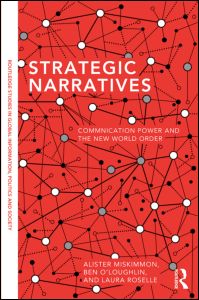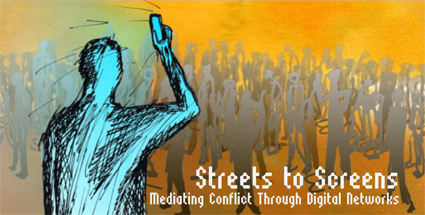 NPCU PhD candidate Billur Aslan is to present her latest research at the Sites of Protest conference at Canterbury Christ Church University on 29 October 2014. Her presentation will draw on her interviews with activists in Syria about the use of ICT in different stages of protest. The abstract of her presentation is below.
NPCU PhD candidate Billur Aslan is to present her latest research at the Sites of Protest conference at Canterbury Christ Church University on 29 October 2014. Her presentation will draw on her interviews with activists in Syria about the use of ICT in different stages of protest. The abstract of her presentation is below.
The Challenge to Spark Collective Action via ICTs during the Syrian Uprising
ICTs have brought the most dramatic change in protest organisation during the last few decades, replacing the role of the social movement organisations. This has resulted in the emergence of a new style of protest termed “crowd-enabled movements” by Bennett. Crowd-enabled movements are formed by fine-grained networks of individuals in which digital media platforms are the most visible and integrative organizational mechanisms. The Syrian uprising could be classified as a crowd-enabled movement since it was formed by individual activities of the public that activated its own social networks in the absence of social movement organisations. However, in contrast to other crowd-enabled movements, ICTs were not the main organisational hub of Syrian protesters. This research analyses the ignition and mobilisation phases of the Syrian uprising from March 2011 to July 2011, exploring why ICTs could not acquire and develop significant roles in these phases. The analysis draws upon a selection of original interviews with Syrian activists alongside mainstream and social media content analysis. The data collected will reveal that variations in political culture may affect the way in which dissidents utilise the technology. Under the surveillance of an oppressive state culture and an obvious lack of past protest experiences, Syrians first used ICTs within a limited capacity. They formed their uprising with different other offline methods in new sites of protests, in this case the mosques. So far, a substantial number of scholars who have examined the role of the ICTs in the protests share the idea that it is people’s usage of technology - not the technology itself - that can change social processes. This research takes this argument one step further and claim that people’s usage of technology is also a dependent variable that is linked to the political culture in the country.
To contact Billur about her research, email: Billur.Aslan.2009@live.rhul.ac.uk
Sites of Protest is the third event organised by the MeCCSA Social Movements Network since its foundation in 2013. This conference is organised in conjunction with the Canterbury Media Discourse Group at Canterbury Christ Church University. Thanks to Dr Ruth Sanz Sabido for organising it.



